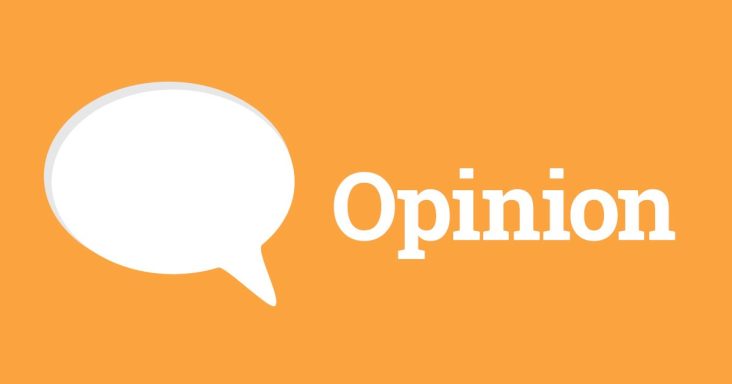The fourth year of the U.S. economic expansion
by December 3, 2023 4:21 pm 861 views

The U.S. economy is well into the fourth year of an economic expansion that began in May 2020, according to the National Bureau of Economic Research’s (NBER) Business Cycle Dating Committee in Cambridge, Mass.
A year-and-a-half year ago, I noted in a Talk Business & Politics column that production, income and sales metrics showed economic growth, not the recession forecast by perma-bears and some partisan observers.
The issue is relevant to state fiscal policy because revenues tend to follow the cycle with a lag.
Why believe the U.S. economy remains in expansion? Four reasons. There is also one possibility for why the economy does not appear to be working for many of our fellow Americans.
First, inflation-adjusted or real gross domestic product, fueled by increases in consumer spending increased at an annual rate of 4.9% in 3Q-2023, according to the U.S. Bureau of Economic Analysis. GDP has increased in 11 of 13 quarters since 2Q-2020, the end of a brief, two-month recession (February-to-April 2020) identified by the NBER panel.
The other reasons are three of four coincident indicators relied upon by the NBER, a nonpartisan, organization founded in 1920 and recognized within the economics profession as a business cycle arbiter. The four monthly coincident indicators are nonfarm payroll employment, real personal income excluding current transfer receipts, real manufacturing and trade industries sales, and industrial production. The coincident indicators show the economy’s near past state. By contrast, leading indicators attempt to look at the future. The Federal Reserve Bank of St. Louis features a one-stop page for these indicators.
How have they performed since last May? Three indicators are at higher levels. These are employment, real personal income less transfers, and real manufacturing and trade industries sales. Coupled with GDP, these are reasons to conclude the economy is in an expansion.
One local implication: National economic expansions tend to result in state revenue surpluses that decline in recessions.
The average post-war U.S. economic expansion lasted 64.2 months, per the NBER. At 43 months, the existing expansion is about two-thirds the norm. Yet there are reasons to be cautious about its duration. The fourth coincident indicator – industrial production – is slightly lower than last May. This bears watching because early recession signals often appear in manufacturing sectors.
Interest rates are also a factor. The yield curve for treasuries is inverted. Fed research has noted the curve’s importance as a recession precursor.
Finally, there is one possible explanation for the perception this expansion is different than past growth periods. Inflation has increased while Census data shows inflation-adjusted median household income has declined.
Editor’s note: Economist Greg Kaza is executive director of the Arkansas Policy Foundation, a market-based think tank founded in 1995. The opinions are those of the author.
